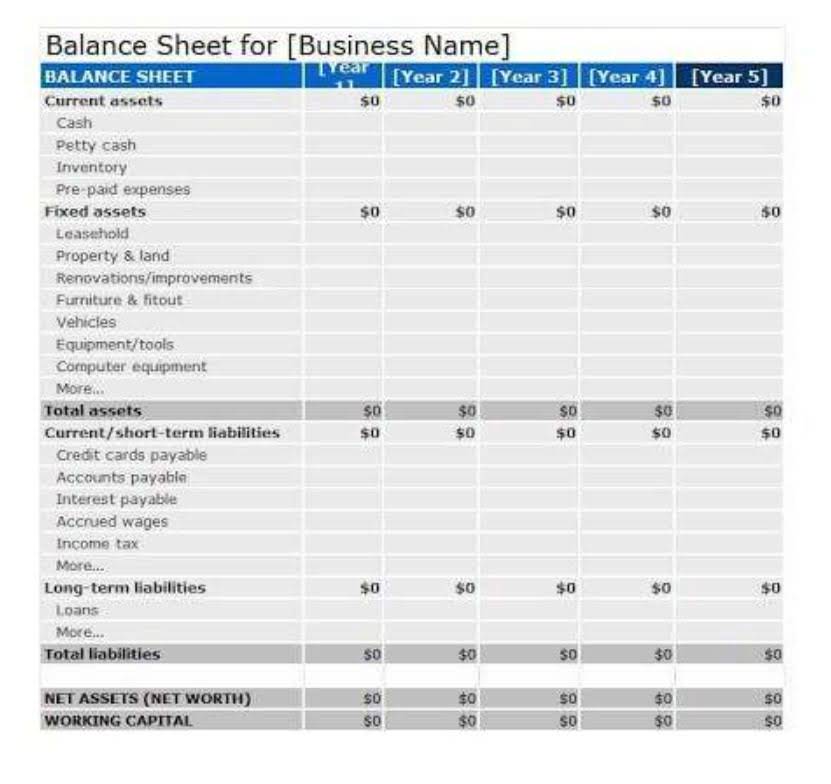
It compares your total liabilities to your total assets to tell you how leveraged—or, how burdened by debt—your business is. The accounting method under which revenues are recognized on the income statement when they are earned (rather than when the cash is received). The https://www.bookstime.com/ balance sheet reports the assets, liabilities, and owner’s (stockholders’) equity at a specific point in time, such as December 31.

Accounting Equation: a Simple Explanation
These include both liquid assets, or those that a company can easily convert into cash, and non-liquid assets, such as real estate. Under the accrual basis of accounting, expenses are matched with revenues on the income statement when the expenses expire or title has transferred to the buyer, rather than at the time when expenses are paid. The accounting equation is based on the premise that the sum of a company’s assets is equal to its total liabilities and shareholders’ equity.
Check the Basic Accounting Formula
- Liabilities are owed to third parties, whereas Equity is owed to the owners of the business.
- To make your search easier, we’ve narrowed it down to these twelve picks.
- This transaction brings cash into the business and also creates a new liability called bank loan.
- Individual transactions which result in income and expenses being recorded will ultimately result in a profit or loss for the period.
- For instance, if a business takes a loan from a bank, the borrowed money will be reflected in its balance sheet as both an increase in the company’s assets and an increase in its loan liability.
The term “liability” typically has a negative connotation, but from a financial point of view, liabilities are a necessary part of growing and operating any business. Unlike the assets section, which consists of items considered cash outflows (“uses”), the liabilities section comprises items considered cash inflows (“sources”). For information pertaining to the registration status of 11 Financial, please contact the state securities regulators for those states in which 11 Financial maintains a registration filing. On 28 January, merchandise costing $5,500 are destroyed by fire. The effect of this transaction on the accounting equation is the equation for liabilities same as that of loss by fire that occurred on January 20. At this time, there is external equity or liability in Sam Enterprise.
Balance Sheet Formula
This change must be offset by a $500 increase in Total Liabilities or Total Equity. Liability may also refer to the legal liability of a business or individual. Many businesses take out liability insurance in case a customer or employee sues them for negligence. Get instant access to video lessons taught by experienced investment bankers.

You can think of them as resources that a business controls due to past transactions or events. Liabilities are owed to third parties, whereas Equity is owed to the owners of the business. Shareholders’ equity is the remaining amount of assets after all liabilities have been paid. Metro Corporation collected a total of $5,000 on account from clients who owned money for services previously billed.

How To Calculate Total Liabilities
Pending lawsuits are an example of a contingent liability since the company’s obligation will depend on the verdict. Liabilities consist of many items ranging from monthly lease payments, to utility bills, bonds issued to investors and corporate credit card debt. The fundamental accounting equation, also called the balance sheet equation, is the foundation for the double-entry bookkeeping system and the cornerstone of the entire accounting science. In the accounting equation, every transaction will have a debit and credit entry, and the total debits (left side) will equal the total credits (right side). In other words, the accounting equation will always be “in balance”.

Because there are two or more accounts affected by every transaction, the accounting system is referred to as the double-entry accounting or bookkeeping system. Short-term, or current liabilities, are liabilities that are due within one year or less. They can include payroll expenses, rent, and accounts payable (AP), money owed by a company to its customers. The https://www.instagram.com/bookstime_inc owner’s equity is the balancing amount in the accounting equation.
- Along with Equity, they make up the other side of the Accounting Equation.
- The accounting equation plays a significant role as the foundation of the double-entry bookkeeping system.
- Companies of all sizes finance part of their ongoing long-term operations by issuing bonds that are essentially loans from each party that purchases the bonds.
- Every transaction is recorded twice so that the debit is balanced by a credit.
As a core concept in modern accounting, this provides the basis for keeping a company’s books balanced across a given accounting cycle. For a company keeping accurate accounts, every business transaction will be represented in at least two of its accounts. For instance, if a business takes a loan from a bank, the borrowed money will be reflected in its balance sheet as both an increase in the company’s assets and an increase in its loan liability. With just a few clicks, the software will produce a balance sheet that lists and calculates your liabilities, so you can focus on growing your business, rather than spending the day crunching numbers. Understanding debts and profits is all part of owning your own business. Your total liabilities plus total equity must be the same number as your total assets.

What is the accounting equation?
This total debt figure is also part of the general accounting equation, which serves as a cornerstone of the double-entry accounting method. With this system, a business’s balance sheet always remains in equilibrium. Entries on the debit side are covered or have a corresponding entry on the credit side. Knowing how to differentiate between different types of liabilities and calculate your total liabilities is important for staying on top of your finances as a business owner. Assets are what a company owns or something that’s owed to the company. They include tangible items such as buildings, machinery, and equipment as well as intangibles such as accounts receivable, interest owed, patents, or intellectual property.
